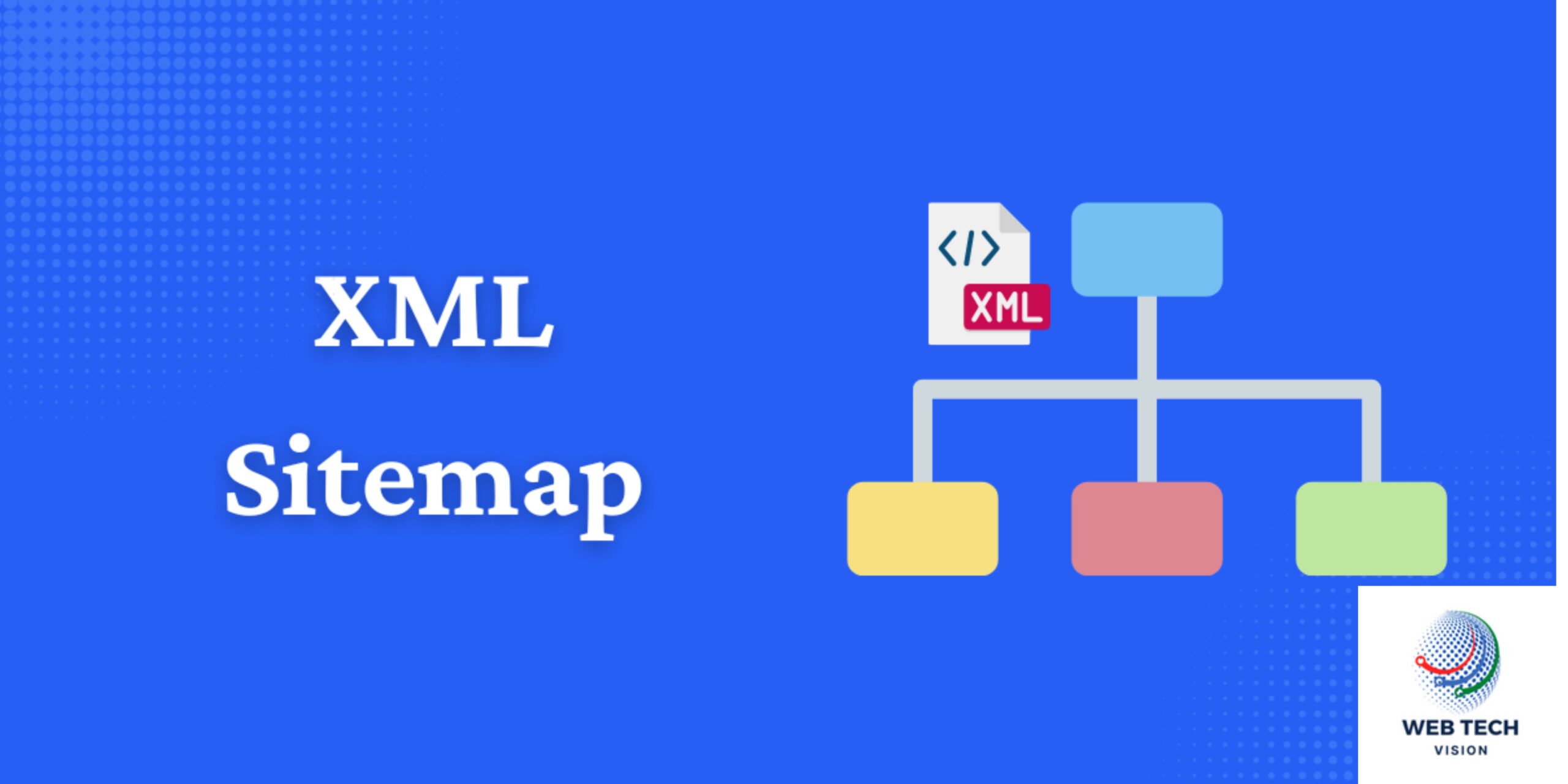
by admin | Nov 17, 2023 | Digital Marketing, Uncategorized
In the intricate world of SEO, where every element of your website plays a role in search engine visibility, XML sitemaps emerge as a critical tool. Let’s unravel the mysteries surrounding XML sitemaps, exploring what they are, why they matter, and how to seamlessly integrate them into your website for enhanced SEO performance.
Understanding XML Sitemaps: The SEO Navigator
An XML sitemap is essentially a roadmap for search engines, providing a comprehensive list of all the pages on your website. Unlike HTML sitemaps designed for human navigation, XML sitemaps are crafted specifically for search engines to crawl and index your content more efficiently.
Why XML Sitemaps Matter in SEO:
- Improved Indexation: By presenting a structured list of your website’s pages, an XML sitemap helps search engines understand the hierarchy and relationships between different sections. This, in turn, facilitates more accurate and comprehensive indexing.
- Faster Discovery of New Content: When you create new pages or update existing ones, the XML sitemap serves as a signal to search engines that there’s fresh content to be crawled. This speeds up the process of discovery, ensuring that the latest information is included in search results.
- Enhanced Crawling Efficiency: For larger websites with intricate structures, XML sitemaps streamline the crawling process. Instead of relying solely on internal links, search engines can use the sitemap to navigate your site more efficiently.
Setting Up Your XML Sitemap: A Step-by-Step Guide
**1. Generate the XML Sitemap: There are various tools available to generate XML sitemaps, including online generators and content management system (CMS) plugins. If you’re using a CMS like WordPress, plugins such as Yoast SEO or Google XML Sitemaps can simplify the process.
**2. Submit to Search Engines: Once you’ve generated your XML sitemap, submit it to major search engines, including Google and Bing. Use Google Search Console and Bing Webmaster Tools to submit your sitemap, allowing search engines to index your pages effectively.
**3. Update and Maintain: Regularly update your XML sitemap to reflect changes in your website’s structure and content. This ensures that search engines always have an accurate representation of your site, promoting efficient crawling and indexing.
SEO Best Practices for XML Sitemaps:
- Include All Relevant Pages: Ensure that your XML sitemap encompasses all significant pages on your website, including blog posts, product pages, and any other content you want to be indexed.
- Prioritize Important Pages: Use priority tags in your XML sitemap to indicate the relative importance of different pages. This guides search engines in prioritizing the indexing of critical content.
- Update Frequency and Last Modified Date: Indicate how often your pages are updated and provide the last modification date. This information helps search engines understand when to revisit and crawl your pages.
- Complement with Robots.txt: While an XML sitemap guides search engines on what to crawl, a well-structured robots.txt file can complement this by indicating what not to crawl.
Conclusion: Navigating SEO Success with XML Sitemaps
In the ever-evolving landscape of SEO, where visibility is synonymous with success, XML sitemaps emerge as indispensable navigational tools. By meticulously crafting and maintaining an XML sitemap, you not only guide search engines through the intricate web of your content but also pave the way for enhanced crawling, indexing, and ultimately, improved search engine rankings. As you embark on your SEO journey, let XML sitemaps be the compass that leads you to the pinnacle of digital success.
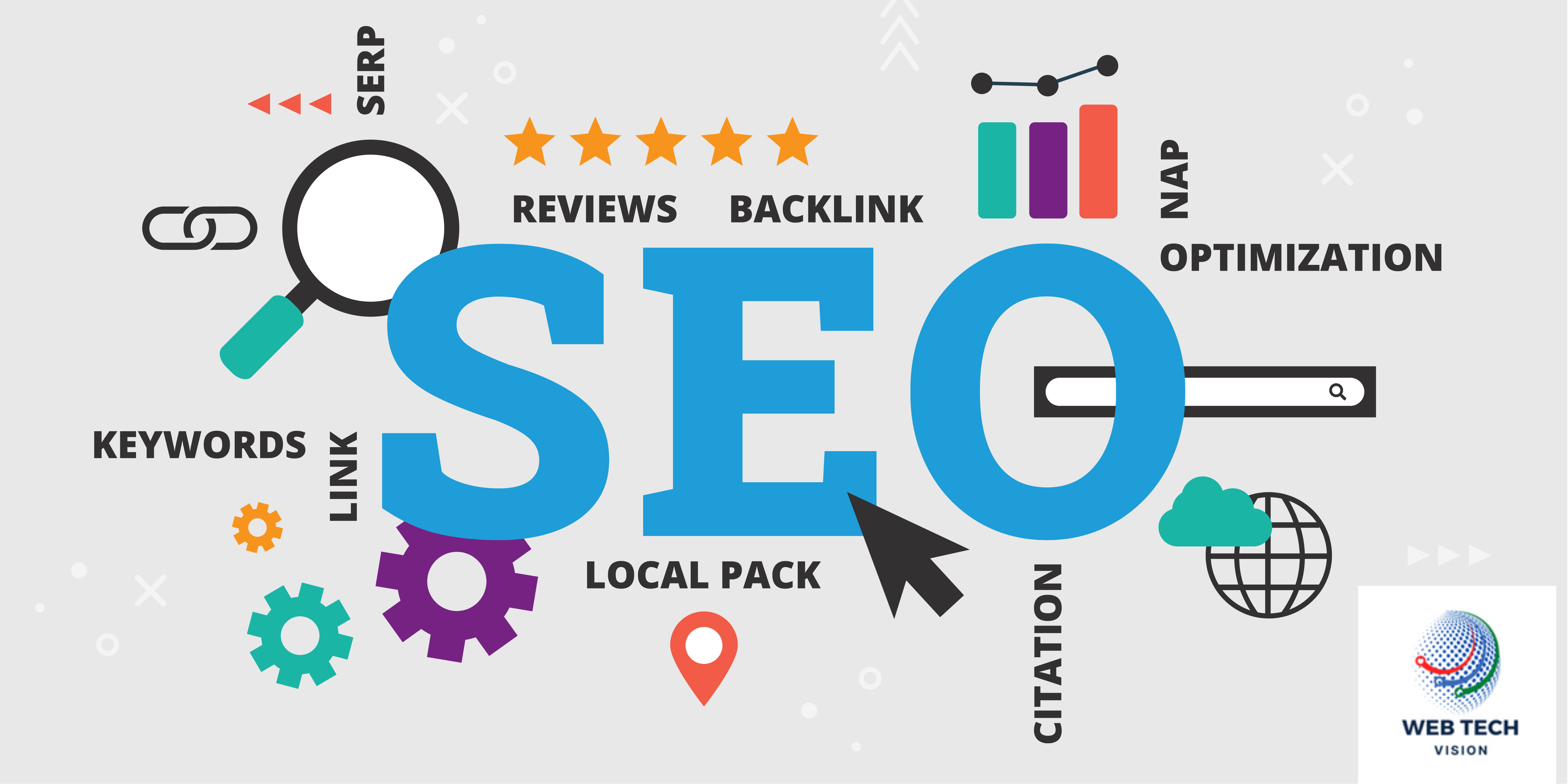
by admin | Nov 17, 2023 | Digital Marketing, Uncategorized
“Mastering Keyword Optimization: The Key to SEO Success”
In the intricate world of SEO, where every click matters, mastering keyword optimization is akin to wielding a powerful tool that can elevate your digital presence. Let’s delve into the essence of keyword optimization, exploring its significance, strategies, and the transformative impact it can have on your online visibility.
Why Keyword Optimization Matters:
Keywords are the foundation upon which the edifice of SEO is built. They are the terms and phrases that users type into search engines when seeking information. Strategic keyword optimization ensures that your content aligns with these search queries, increasing the likelihood of your website appearing prominently in search engine results.
Crafting a Strategic Keyword Strategy:
- Thorough Keyword Research: Begin by conducting comprehensive keyword research to identify terms and phrases relevant to your content. Leverage tools like Google Keyword Planner, SEMrush, or Ahrefs to unveil high-impact keywords with significant search volume.
- Understand User Intent: Beyond search volume, understanding user intent is crucial. Tailor your content to match the intent behind the search query, whether it’s informational, transactional, or navigational.
- Long-Tail Keywords: While broad keywords are essential, don’t underestimate the power of long-tail keywords – longer, more specific phrases that often indicate a higher level of user intent and conversion potential.
- Optimize On-Page Elements: Strategically place your chosen keywords in critical on-page elements, including the title tag, meta description, headers (H1, H2, H3), and throughout the body of your content. However, ensure that the integration is seamless and enhances readability.
The Evolving Landscape:
As search engines evolve, so does the approach to keyword optimization. With advancements like semantic search and natural language processing, search engines are becoming more adept at understanding the context and intent behind queries. This shift emphasizes the importance of creating high-quality, relevant content that genuinely addresses user needs.
Avoid Keyword Stuffing:
While keyword optimization is crucial, it’s equally important to avoid keyword stuffing – the excessive and unnatural use of keywords in an attempt to manipulate search rankings. Search engines prioritize user experience, and keyword stuffing can lead to penalties, harming rather than helping your SEO efforts.
Conclusion: Elevating Your SEO Game with Keywords
In the dynamic realm of SEO, where algorithms evolve and user behavior adapts, mastering keyword optimization remains a constant. By strategically aligning your content with user queries and search engine algorithms, you not only enhance your visibility but also provide valuable information that resonates with your audience. As you embark on your SEO journey, let keyword optimization be the compass that guides you to the pinnacle of search engine success.
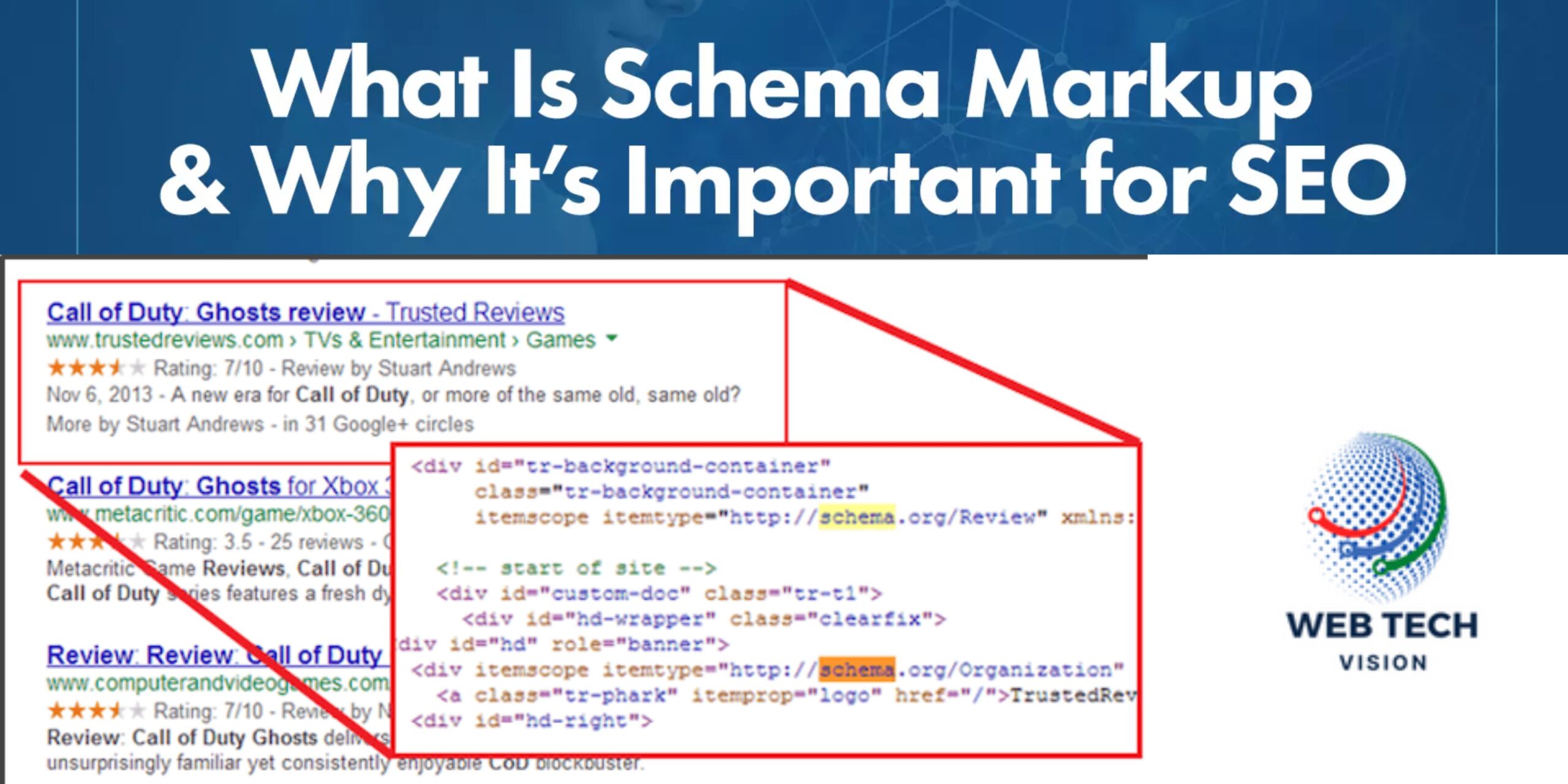
by admin | Nov 16, 2023 | Digital Marketing, Uncategorized
In the ever-evolving landscape of SEO, staying ahead of the curve is not just an advantage; it’s a necessity. Enter Schema Markup – a powerful tool that goes beyond traditional SEO strategies to provide search engines with richer, more informative snippets of your content. In this guide, we’ll delve into the essence of Schema Markup, exploring what it is, how it works, and the manifold benefits it brings to your online presence.
What is Schema Markup?
Schema Markup, often referred to as Schema.org Markup, is a structured data vocabulary that can be added to your HTML to improve the way search engines understand and display your content. It provides a standardized format for presenting information, allowing search engines to create enhanced, more informative search results known as “rich snippets.”
How Does Schema Markup Work?
At its core, Schema Markup acts as a language that communicates directly with search engines, offering explicit details about the content on your webpage. It uses a predefined set of tags, or microdata, to label different elements on your page, such as events, reviews, products, and more. This structured data helps search engines grasp the context of your content, leading to more accurate and visually appealing search results.
Key Benefits of Schema Markup:
- Improved Visibility in Search Results: Rich snippets, enabled by Schema Markup, make your search results stand out. This enhanced visibility not only attracts more attention but also provides users with a clearer understanding of your content before clicking.
- Enhanced Click-Through Rates (CTRs): Rich snippets create a more engaging and informative user experience, increasing the likelihood that users will click through to your website. This can lead to improved click-through rates and, consequently, higher organic traffic.
- Better Understanding of Content: Search engines, armed with structured data from Schema Markup, gain a deeper understanding of your content. This comprehension allows them to categorize and present your information more accurately in search results.
- Optimized for Voice Search: As voice search becomes increasingly prevalent, Schema Markup plays a pivotal role in ensuring that search engines can comprehend and deliver your content effectively in voice search results.
Implementing Schema Markup:
Implementing Schema Markup involves adding specific code snippets to your HTML, detailing the structured data relevant to your content. While this may seem technical, various online tools and resources simplify the process, making it accessible for businesses of all sizes.
Conclusion: Elevate Your SEO Strategy with Schema Markup
In the competitive arena of online visibility, Schema Markup emerges as a potent weapon in your SEO arsenal. By providing search engines with detailed and structured information about your content, you not only enhance your search result presentation but also cultivate a more seamless and rewarding experience for your audience. As you navigate the dynamic landscape of digital marketing, let Schema Markup be the catalyst that propels your content to new heights of visibility and engagement.
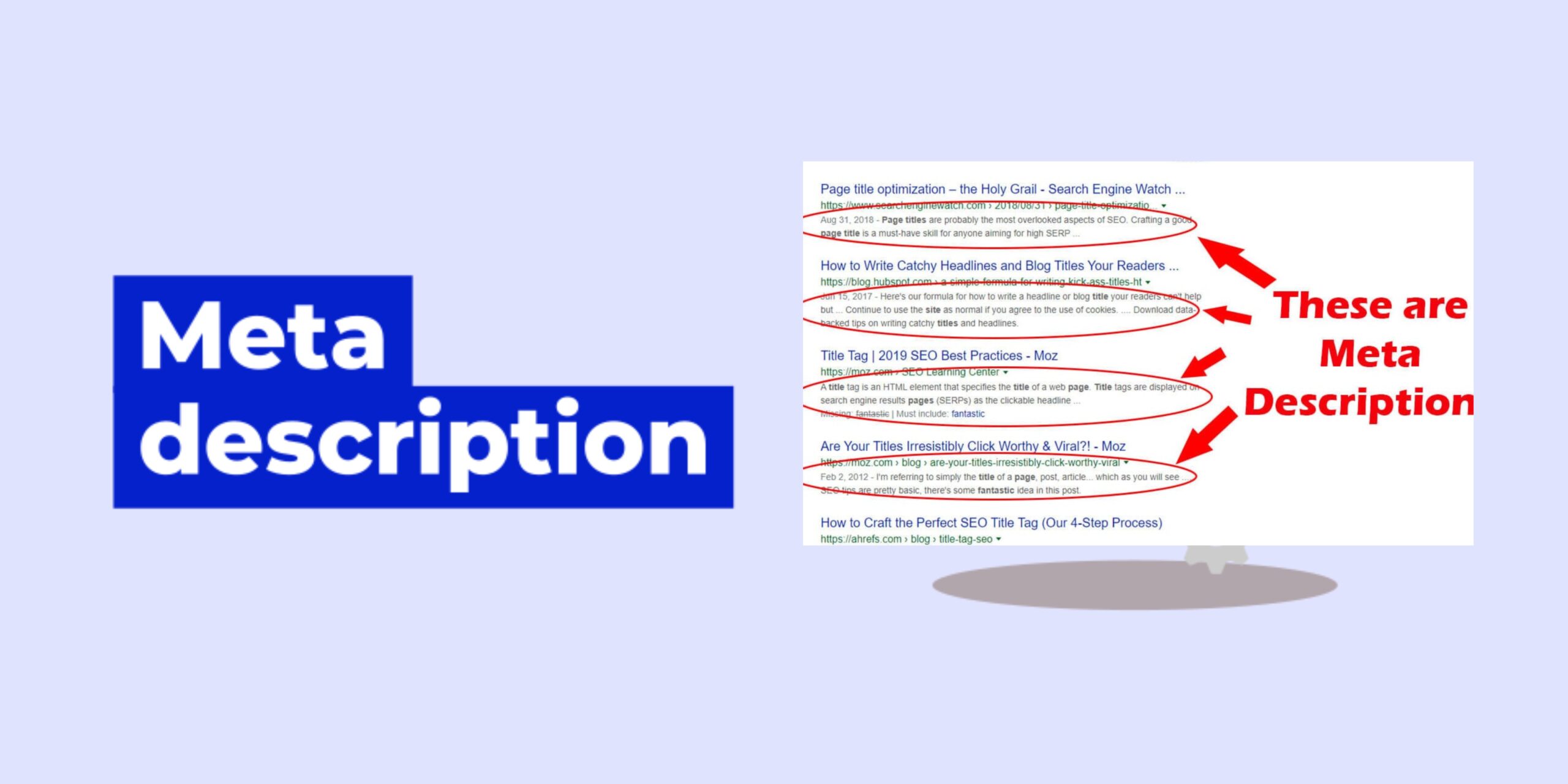
by admin | Nov 16, 2023 | Digital Marketing, Search Engine Optimisation (SEO)
A meta description is a concise summary or snippet of text that provides a brief description of the content of a web page. It is an HTML meta tag that doesn’t directly impact the ranking of a page on search engines but plays a crucial role in attracting users to click on the link in search engine results pages (SERPs).
Key points about meta descriptions include:
- Content Summary: The meta description summarizes the content of the web page. It should provide a clear and compelling overview of what users can expect to find if they click on the link.
- Length: While search engines don’t have a strict character limit for meta descriptions, it’s recommended to keep them concise, typically between 150 to 160 characters. This ensures that the full description is visible in search results.
- Relevance: Like the title tag, the meta description should be relevant to the content of the page. It should accurately reflect the information, products, or services offered on the webpage.
- Call to Action (CTA): Including a call to action in the meta description can encourage users to click on the link. Phrases like “Learn more,” “Discover,” or “Find out why” can create a sense of urgency or curiosity.
- Unique Descriptions: Each page on a website should have a unique meta description. This helps search engines understand the specific content of each page and provides users with distinct information.
Example of a meta description:
htmlCopy code<meta name="description" content="Web Tech Vision offers the best digital marketing services in the UAE. Our expert team provides SEO, social media management, and web development to elevate your online presence. Learn more about our services.">
In this example, the meta description provides a concise overview of the digital marketing services offered by Web Tech Vision, encouraging users to learn more about the services provided by clicking on the link in the search results.
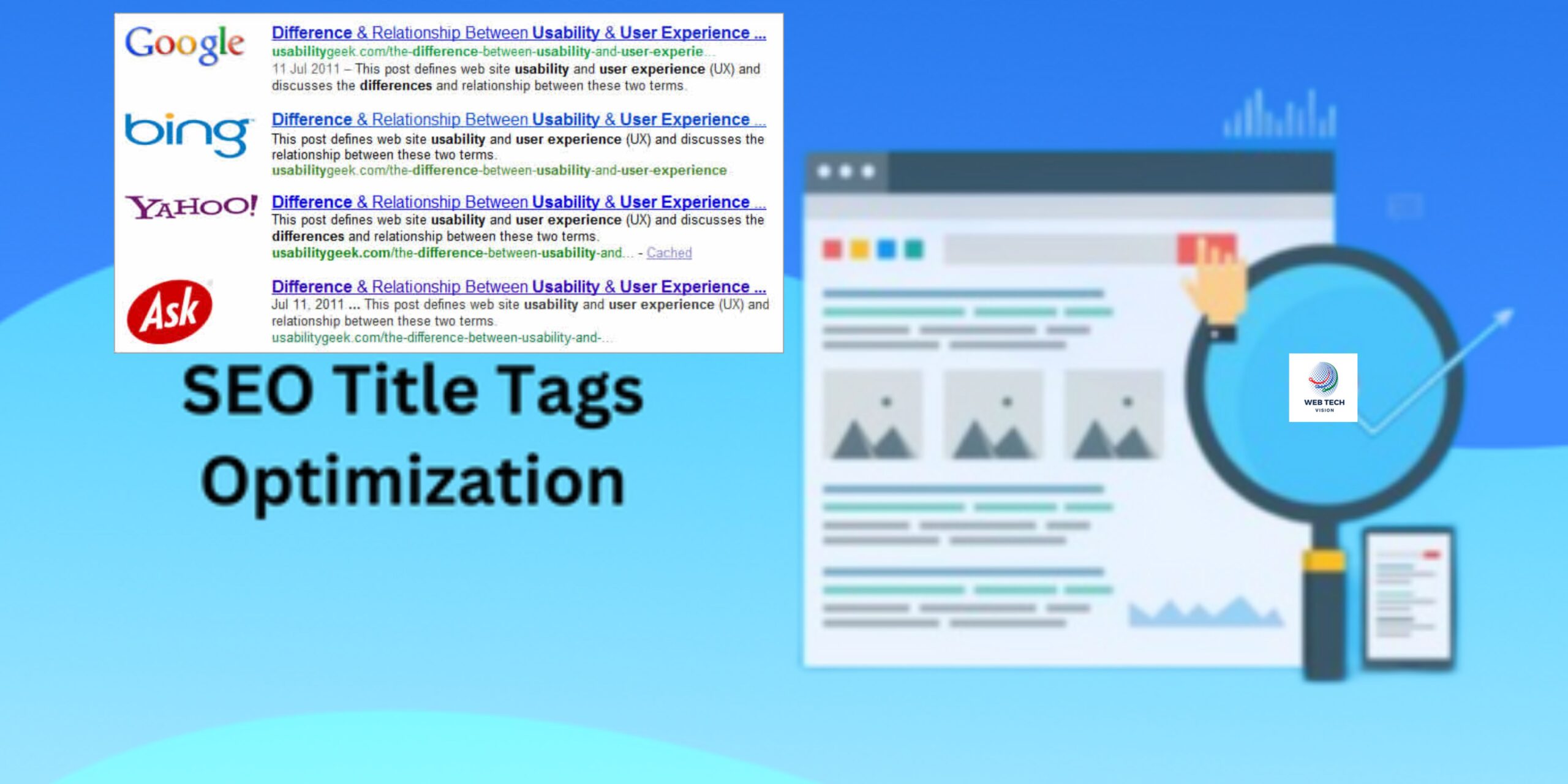
by admin | Nov 16, 2023 | Digital Marketing, Search Engine Optimisation (SEO)
Title tag optimization is a crucial aspect of on-page SEO (Search Engine Optimization) that involves optimizing the title tag of a web page to improve its search engine visibility and user click-through rates. The title tag is an HTML element that specifies the title of a web page and appears as the clickable headline in search engine results pages (SERPs). It is also displayed at the top of the browser window or tab when a user visits the page.
Key considerations for title tag optimization include:
- Relevance: The title tag should accurately reflect the content of the page. It needs to be relevant to the information, products, or services offered on the page to ensure that users find what they expect.
- Keyword Placement: Including relevant keywords in the title tag can improve the page’s visibility in search engine results. However, it’s essential to use keywords naturally and avoid keyword stuffing, as search engines prioritize user experience.
- Length: While there is no strict character limit, it’s advisable to keep title tags concise, typically between 50-60 characters. This ensures that the full title is displayed in search results and doesn’t get truncated.
- Uniqueness: Each page on a website should have a unique title tag. This helps search engines understand the distinct content of each page and prevents confusion in search results.
- User Engagement: Crafting a compelling and user-friendly title can increase click-through rates. A well-optimized title tag encourages users to click on the link and explore the content further.
- Brand Consistency: If applicable, it’s beneficial to include the brand name in the title tag. This helps reinforce brand identity and can be especially important for businesses trying to build brand recognition.
Example of a well-optimized title tag:
htmlCopy code<title>Best Digital Marketing Services | Web Tech Vision UAE</title>
In this example, the title tag is concise, includes relevant keywords (“digital marketing services”), and incorporates the brand name (“Web Tech Vision UAE”). This can contribute to improved search engine rankings and increased click-through rates.





